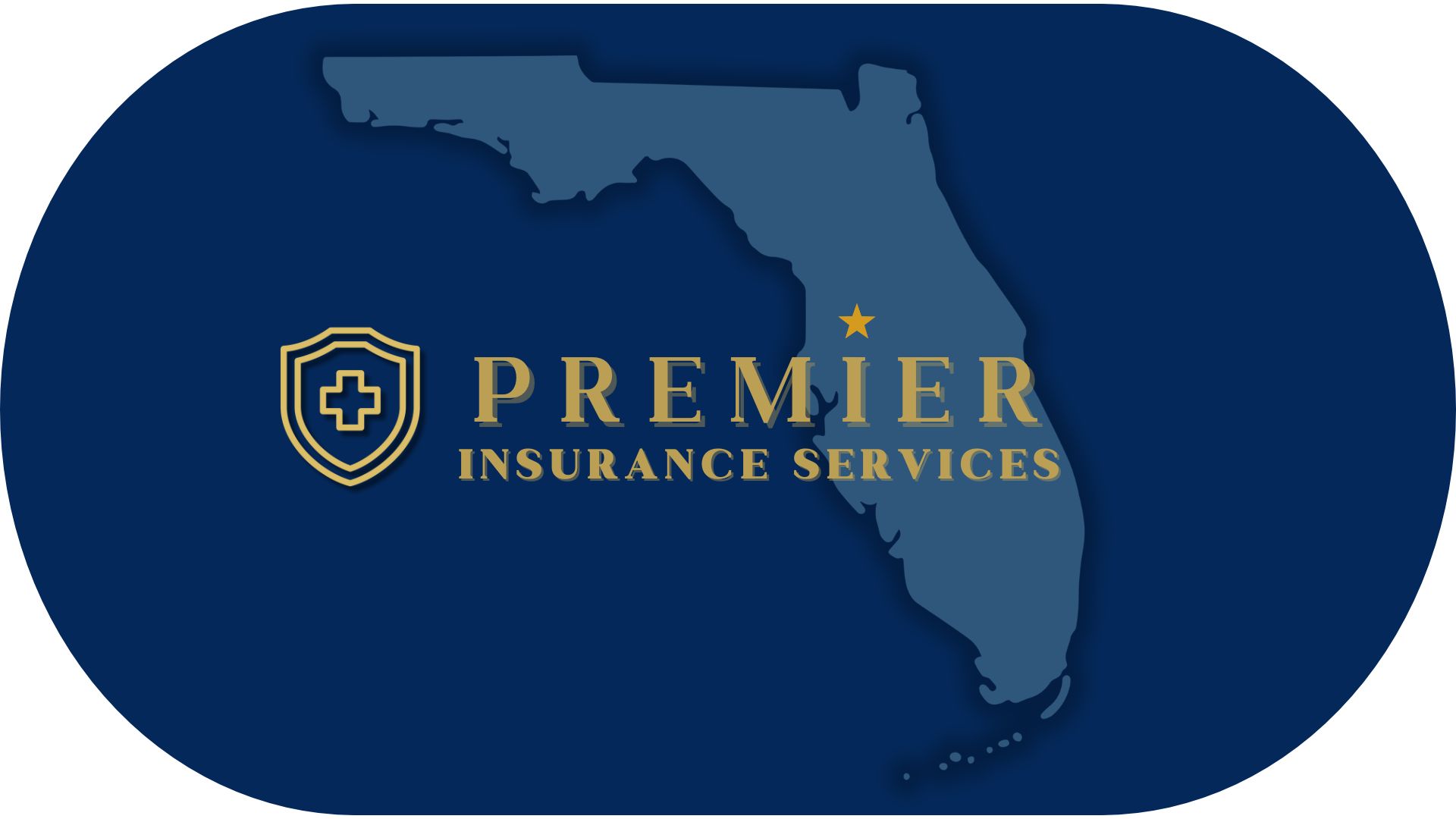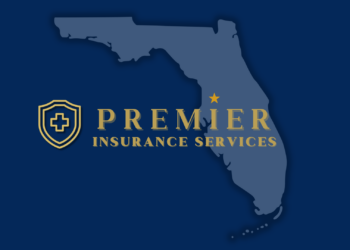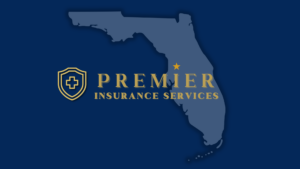Prescription Drug Coverage
We offer some great options to cover your prescriptions, let us see what plan is best for you.

Understanding Stand-Alone Medicare Prescription Drug Plans
Stand-alone Medicare Prescription Drug Plans, also known as Medicare Part D plans, are designed to help cover the cost of prescription medications. These plans are offered by private insurance companies approved by Medicare and can be a valuable addition to your healthcare coverage, especially if you have Original Medicare (Part A and Part B) or certain Medicare Advantage plans that do not include drug coverage.
What is a Stand-Alone Medicare Prescription Drug Plan?
A stand-alone Medicare Prescription Drug Plan (PDP) provides prescription drug coverage to Medicare beneficiaries. These plans are separate from Original Medicare and are specifically designed to help manage the costs of prescription medications. They can be purchased to supplement Original Medicare or to complement certain Medicare Advantage plans that lack built-in drug coverage.
How Does Medicare Part D Work?
Medicare Part D plans have a formulary, which is a list of covered drugs. The formulary is divided into tiers, with each tier representing a different cost level. Typically, generic drugs are in lower tiers and have lower copayments, while brand-name and specialty drugs are in higher tiers with higher copayments.
Costs Associated with Medicare Part D
The costs for Medicare Part D plans can vary based on the plan you choose and the medications you need. Here are some common costs associated with these plans:
- Monthly Premium: This is the amount you pay each month for your Part D plan. Premiums vary by plan and can be higher if you have a higher income.
- Annual Deductible: This is the amount you pay out-of-pocket for your prescriptions before your plan begins to pay. Some plans have no deductible.
- Copayments/Coinsurance: After meeting your deductible, you’ll pay a copayment or coinsurance for your prescriptions. The amount varies based on the drug tier.
- Coverage Gap (Donut Hole): After you and your plan have spent a certain amount on covered drugs, you enter the coverage gap, where you may pay higher out-of-pocket costs for your prescriptions. However, discounts are available during this phase.
- Catastrophic Coverage: Once you’ve spent a certain amount out-of-pocket, you enter catastrophic coverage, where you pay a small coinsurance or copayment for covered drugs for the rest of the year.
Enrollment Periods
It’s important to enroll in a Medicare Part D plan during the appropriate enrollment periods to avoid late enrollment penalties:
- Initial Enrollment Period (IEP): This is a seven-month period that begins three months before you turn 65, includes your birth month, and ends three months after you turn 65.
- Annual Enrollment Period (AEP): From October 15 to December 7 each year, you can join, switch, or drop a Medicare Part D plan. Coverage begins on January 1 of the following year.
- Special Enrollment Period (SEP): You may qualify for an SEP if you have a qualifying life event, such as moving out of your plan’s service area or losing other creditable prescription drug coverage.
Choosing the Right Medicare Part D Plan
When selecting a Medicare Part D plan, consider the following factors:
- Formulary: Ensure the plan covers your medications. Check the plan’s formulary to see if your prescriptions are included and at what cost.
- Pharmacy Network: Some plans have preferred pharmacy networks that offer lower costs. Make sure your preferred pharmacy is in the plan’s network.
- Costs: Compare premiums, deductibles, copayments, and coinsurance to find a plan that fits your budget.
- Plan Ratings: Medicare rates Part D plans based on quality and performance. Higher-rated plans may offer better service and coverage.
Benefits of Medicare Part D
Medicare Part D offers several benefits:
- Cost Savings: Helps reduce the cost of prescription medications, making them more affordable.
- Protection: Provides financial protection against high drug costs, especially for those with chronic conditions requiring ongoing medication.
- Access: Ensures access to necessary medications, improving overall health and quality of life.
Stand-alone Medicare Prescription Drug Plans are an essential part of managing healthcare costs for many Medicare beneficiaries. By understanding how these plans work and carefully comparing your options, you can find the coverage that best meets your needs and helps you maintain your health


